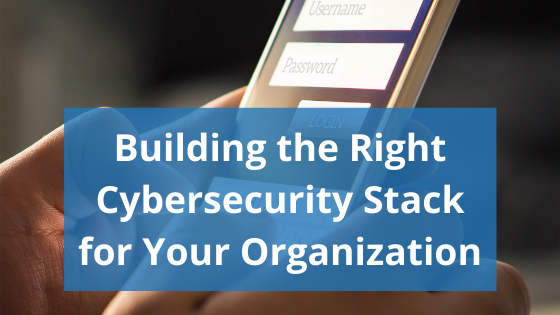We often think about hackers as a looming threat sitting in the dark trying desperately to guess our passwords and steal our confidential data. The reality is that cybercriminals are more advanced than that, and they often rely on us to give up information voluntarily. The worst thing? It works. All it takes for a security breach to occur is for one person to click a false password reset link, download a dangerous file, or provide information to a scammer via email. Because of this, it is essential that you keep your staff trained to avoid malicious attempts. We want to share a few ways you can train your staff and keep your data secure.
Create Clear Guidelines
You can’t expect that your team will know what makes a password strong, what to do with a suspicious email, or how to protect their data when working outside of the office. By creating strong security policies, you set a standard for your team that can help keep you safe. This can include setting password policies that include guidelines for how often passwords should be changed (and instructions to not write them on a post-it attached to a monitor), requiring the use of a VPN when working remotely, and using multifactor authentication to access important documents or software.
Make Security Part of Your Onboarding
When new people join your team, they aren’t aware of your policies or what they should do if a security breach occurs. Your onboarding process shouldn’t only cover what your policies are and how to access the VPN. You should also consider having your IT team meet with new employees to answer any questions or you can provide video trainings that will help your new team member learn how to identify threats and what actions to take.
Phishing Testing and Ongoing Security Training
Once you’ve trained your staff on proper security practices, it’s important to continuously refresh their knowledge. Phishing tests are a great way to see how your staff would actually react to a potential breach. Ongoing training is another way to make sure your staff is thinking about cybersecurity. There are a variety of training tools that use video content and quizzes to gauge how knowledgeable your staff is and help them improve.
Plan for Offboarding
While it’s not pleasant to think about, there is always the chance that someone from within your organization could purposefully steal data or cause damage. This is why it is essential that you have clear policies for what happens when someone leaves your organization, voluntarily or not. This includes shutting down their access to files and systems and returning company devices to the organization. If someone were to leave your organization but their login for your file repository still worked, they would be able to download or corrupt your files. By automatically removing access, you prevent potential malicious attacks.
While it’s not fun to think about the ways in which we are at risk of losing data, it is important to keep your files safe. If you have concerns about your technology or security, or if you are interested in performing a free phishing test at your organization, please contact us.









Leave a Reply